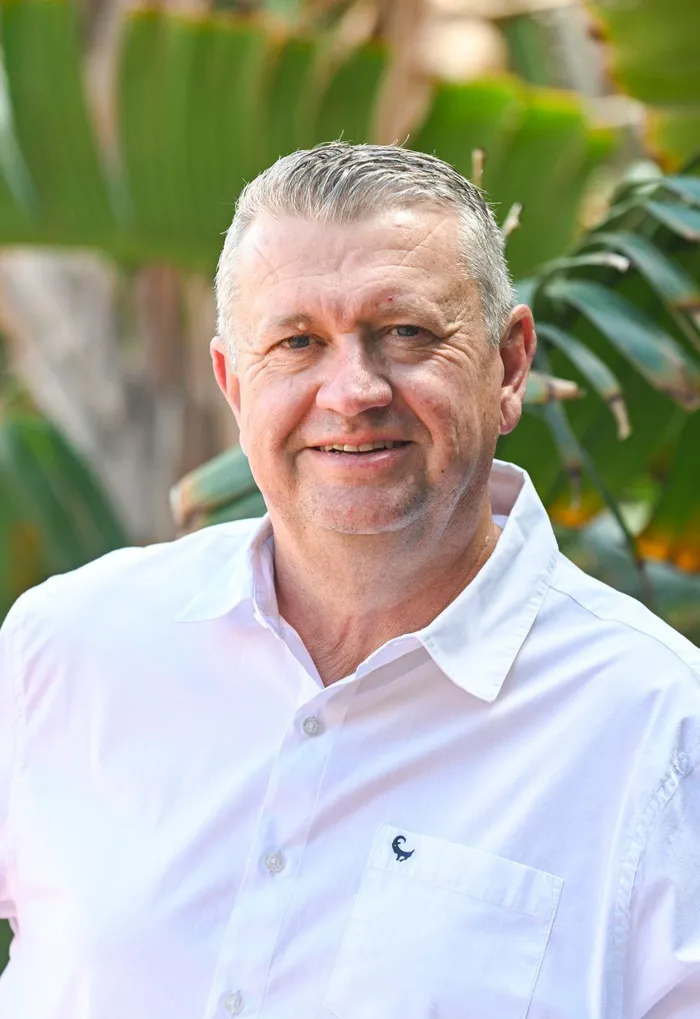Municipal utilities and their role in energy resilience: Cape Town leads the way

Cape Town has taken the lead as its Wheeling Bilateral Programme is complete and open to the public, says the author.
Image: File
South Africa’s electricity transition is no longer only a national programme. Increasingly, it is unfolding at local government level, where resilience is being built through multiple interventions: expanding small-scale embedded generation (SSEG), adjusting tariff structures, and working with the private sector to increase access to affordable electricity while protecting municipal revenues.
The national grid remains constrained and Eskom continues to dominate supply, but municipalities are showing that local action can reduce exposure, stimulate investment, and provide households, businesses, and indigent communities with a more reliable and affordable path forward.
The core tools are not new: distributed generation, wheeling, microgrids, and storage. What is changing, is the willingness of municipalities to codify these instruments into tariffs, contracts, and policies that investors and customers can rely on.
Cape Town has taken the lead. Its Wheeling Bilateral Programme is complete and open to the public, while a Wheeling Pooling Programme is underway to test pooled wheeling across one-to-many, many-to-one, and many-to-many arrangements. Together with dispatchable contracts and bankable embedded generation policies, these initiatives form the city’s plan to reduce reliance on Eskom and shield residents from possible future load-shedding.
Durban has paired a comprehensive SSEG policy with an integrated resource plan that looks beyond Eskom for supply. In August, eThekwini became the first metro to secure approval from the Minister of Electricity and Energy to procure its own power through municipal power purchase agreements, including 100 MW of solar PV and 300 MW of gas-to-power. These PPAs are expected to save about R5 billion over their term. The city’s goal is to meet around 15% of demand with renewables within its municipal boundaries by 2030 and 22% by 2050, with the balance bought from renewable IPPs. Its continued interest in gas, however, sits uneasily with its stated intent to be fully renewable by 2050.
Nelson Mandela Bay was an early mover in creating wheeling tariffs. Its tariff book now provides a mechanism for private generators to use the municipal grid to reach third-party offtakers. It was also among the first to file submissions to the regulator supporting municipal-level market participation. Without approved wheeling tariffs, embedded generation remains commercially stranded. With them, investment can flow.
George has gone further by publishing a detailed case study on its wheeling model. The “Reinventing the Wheel” framework sets out tariffs, billing rules, and standardised contracts, alongside safety and operating procedures. This enables local projects while also providing a replicable model for other municipalities of similar scale, showing that resilience is not the preserve of large metros.
In Stellenbosch, municipal support has targeted small business directly. Through its Alternative Energy Support Programme, the municipality has invested in solar-backup systems at SME trading hubs. This is resilience in practice: safeguarding commerce and livelihoods in areas hardest hit by grid outages. In Mafube (Free State) and Nama-Khoi (Northern Cape), public–private partnerships have delivered grid refurbishment, embedded generation, smart meter rollouts, and improved reliability of supply. These interventions have kept tariff increases below the national average. The common thread is that resilience comes from execution, not rhetoric.
Municipalities that have introduced wheeling tariffs, codified SSEG processes, and contracted supply directly are showing that the tools exist. The obstacles remain governance, administrative readiness, and political will.
Three lessons are clear. First, tariff design is critical: wheeling and SSEG tariffs must be transparent and fair if private capital is to commit. Second, administrative preparation matters: billing systems, metering rules, and contractual templates must be in place before projects close. Third, resilience is about more than megawatts: it depends on distribution infrastructure, the location of supply, who it serves, and whether it reduces exposure for vulnerable households and businesses while supporting growth.
Eskom’s unbundling and the creation of the National Transmission Company will set the framework for a more open electricity market. But municipalities need not wait for national reform. The case studies of Cape Town, Durban, Nelson Mandela Bay, George, Stellenbosch, Mafube, and Nama-Khoi show that resilience is already possible. The question is whether more municipalities will follow. If they do, the outcome will be more reliable supply, stronger investment, and improved economic security. If not, the gap between resilient and struggling municipalities will widen, with predictable consequences for inequality and growth.
South Africa’s electricity transition will succeed or fail not only in Pretoria but in council chambers across the country. Municipal utilities have a critical role. The path to resilience is visible. What remains is the will to walk it.

Thomas Garner holds a Mechanical Engineering degree from the University of Pretoria and an MBA from the University of Stellenbosch Business School.
Image: Supplied
Thomas Garner holds a Mechanical Engineering degree from the University of Pretoria and an MBA from theUniversity of Stellenbosch Business School. Thomas is self-employed focusing on energy, energy related critical minerals, water and communities. He is a Fellow of the South African Academy of Engineering and a Management Committee member of the South African Independent Power Producers Association.
*** The views expressed here do not necessarily represent those of Independent Media or IOL.
BUSINESS REPORT